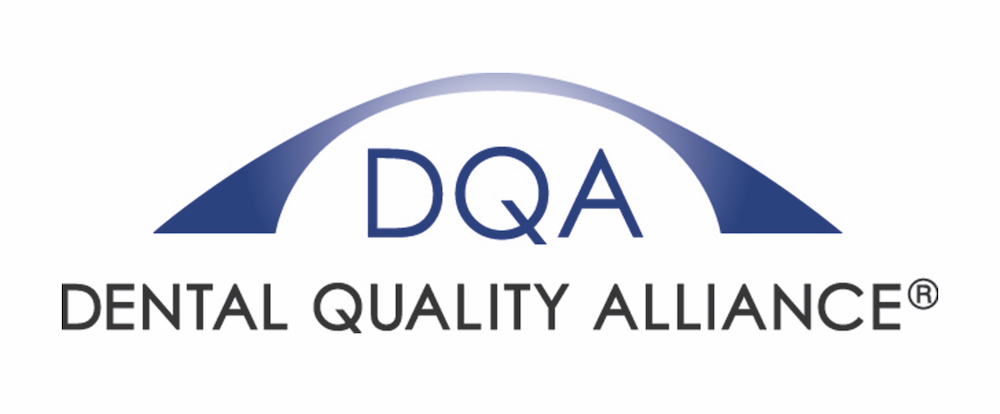What to know about the Dental Quality Alliance
Alliance develops performance measures for oral health care


In 2008, the Centers for Medicare & Medicaid Services proposed that the American Dental Association take the lead in establishing a Dental Quality Alliance to develop performance measures for oral health care.
Over the next couple years, the ADA formed an executive committee to establish the DQA’s operating rules, which define its objectives, structure and membership. The first official DQA meeting took place in 2010 with a mission of advancing performance measurement as a means to improve oral health and patient care and safety through a consensus-building process.
The ADA News discussed the role and structure of the DQA with Stacey Gardner, D.M.D., chair of the ADA Council on Dental Benefit Programs.
Q: Who makes up the DQA? How do organizations become members?
A: The DQA is made up of stakeholders in oral health care delivery, with the majority of the organizations representing national dental associations. The DQA Executive Committee designed the basic structure and operation of the alliance and proposed membership categories, with a goal of being as inclusive as possible to facilitate collaboration among all groups that have an interest in improving oral health. Since then, membership has expanded based on increased interest, and interested organizations can apply to be part of the DQA. The Executive Committee reviews applications, determines the category of membership and makes recommendations to the DQA for consensus.
Voting member categories include dental provider professional organizations, dental specialty organizations, dental community providers, general dentistry or dental specialty boards, payer organizations and payer association organizations, Medicaid agencies or organizations, medical quality improvement organizations, health information technology organizations and the public. Members pay dues to support the DQA’s work. A full list of member organizations is available at ADA.org/dqa.
Q: How does the DQA develop and validate performance measures?
A: Performance measures are tools to assess health care against recognized guidelines. The DQA strives to ensure the measure development and maintenance process remains objective, transparent and collaborative. The many perspectives that make up oral health care — including national dental organizations, federal and state partners, payers and consumers — are reflected when the DQA reaches a consensus when developing measures. Organizations inside and outside the DQA have multiple opportunities to review and provide input during the measure development and maintenance process.
As part of this process, DQA members initially select oral health care topic areas to consider for performance measurement. The DQA’s Measure Development and Maintenance Committee then refines the topic areas and oversees ad hoc workgroups that identify measure concepts and develop and test detailed measure specifications. The measures and their user guides are then reviewed on an annual basis by the committee. The DQA approves the final products of the committee and its workgroups. DQA activities are made transparent through open public comment periods as well as reports to ADA councils. The work of the DQA is easily accessible on its webpage.
Q: Who uses the measures and how? What are the risks associated with using measures not developed by the DQA?
A: DQA measures have been adopted mostly by public entities like CMS and the Health Resources and Services Administration and by individual state Medicaid programs. Since its inception, the DQA has focused its efforts on developing program- or plan-level measures of performance, meaning the measures are being used to rate the performance of Medicaid programs and dental plans. More recently, the DQA, at the request of the ADA Council on Dental Benefit Programs, began the process of validating measures at the practice and clinician level in response to increasing payer activity surrounding provider rating systems. The DQA and Council on Dental Benefit Programs found these systems to be lacking in scientific soundness, validity and reliability.
The use of measures that are unreliable, invalid or not feasible undermines confidence in measures among providers and patients. Inappropriate measurement can result in undue administrative burden on providers and be inappropriately used in payment programs. Quality measures are meant to support improvement by allowing health care providers to review their own performance and make adjustments, share successes and probe for causes when progress comes up short. The existence of a DQA allows the ADA to provide scientifically sound and meaningful measures to entities wishing to engage in quality improvement activities and entities intent on creating payment programs based on quality to prevent unvalidated “homegrown” measures within each of these programs.
Q: How does the ADA maintain a leadership role within the DQA?
A: The composition of the DQA was established by an executive committee designed by the ADA. Seven organizations currently make up the committee, including the ADA, American Academy of Pediatric Dentistry, American Dental Education Association, Academy of General Dentistry, Centers for Medicare & Medicaid Services, National Association of Dental Plans and National Network for Oral Health Access. The committee also has a spot available for a Medicaid agency or organization. The ADA has five representatives on the committee, each with a vote within the DQA. Other voting member organizations of the DQA have one vote each.



